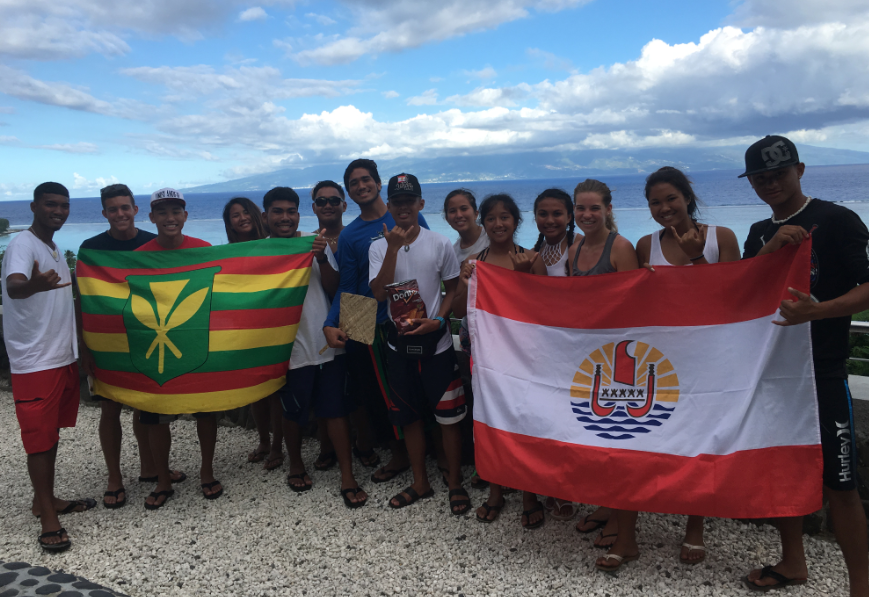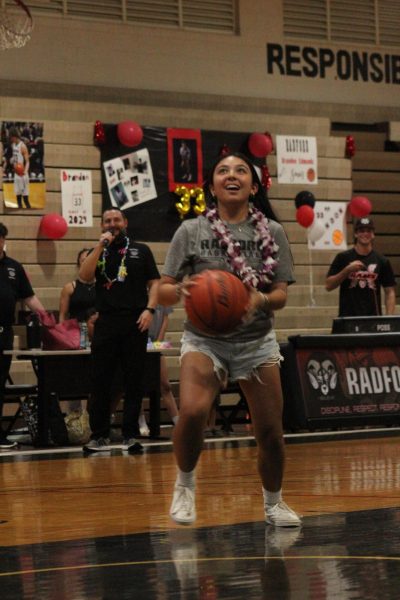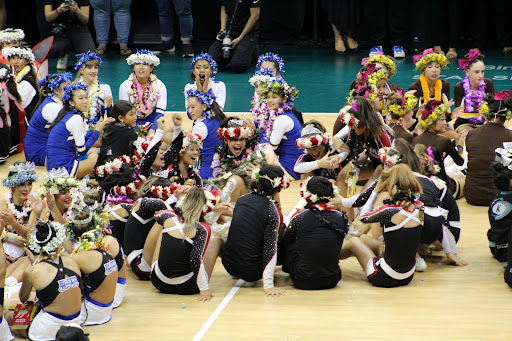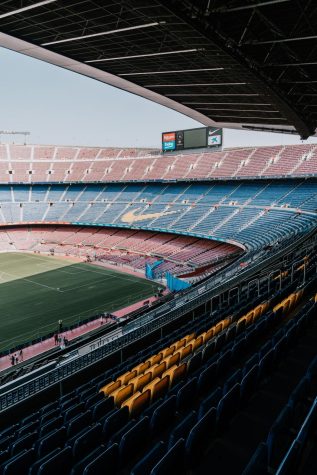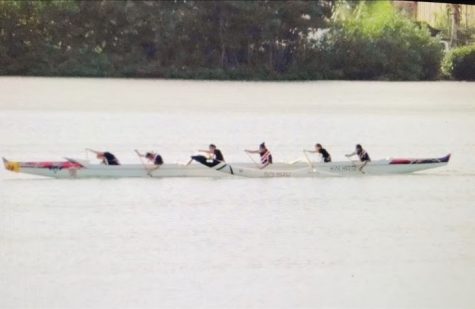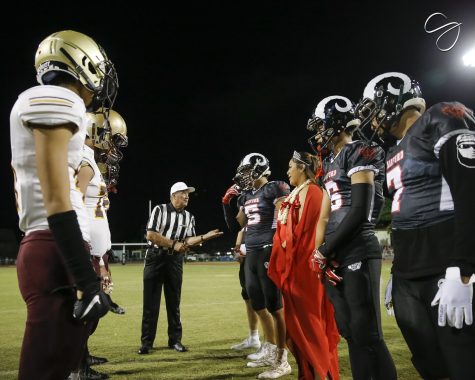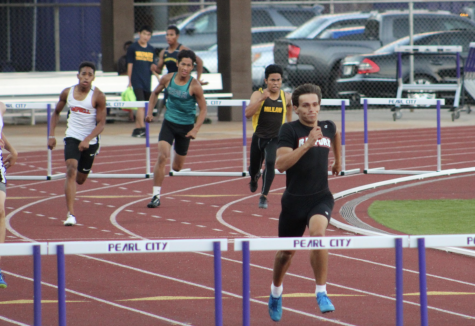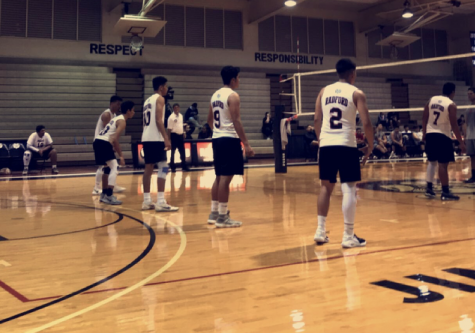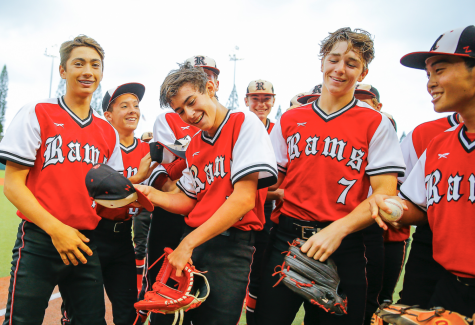Paddling Team Bridges Cultures
April 1, 2016
Twelve Radford High School students were selected to participate in the 27-mile 9-leg Eimeo canoe race around Moorea island in Tahiti.
This prestigious race is considered to be the world championship race for high school students. There are three different divisions, and Radford was a part of the age 17-19 category which is said to be the hardest to compete in.
Keola O Ke Kai came in fifth place in its division. Tahitian schools were very impressed because this is the highest any Hawaii team has ever accomplished.
Students interested in getting more information about Keola O Ke Kai Canoe Club, or joining the summer paddling program can contact Coach Gino or Coach Jen in Room 113. Paddling practices are Monday, Tuesday, Thursday, and Friday at Ke’ehi Lagoon Beach Park from 3:30 p.m. – 6 p.m.
Students are able to learn about the Hawaiian culture, and paddling in preparation for the school season competition.
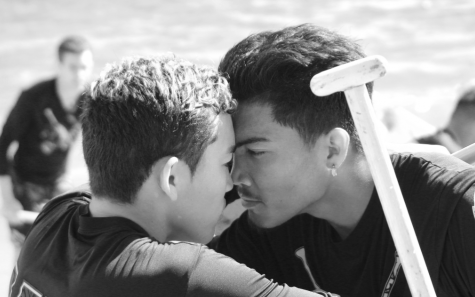
After capturing first place at the OIA paddling regatta, Kikowa Tudela (12) and Chevy Villanueva (11) congratulate each other with Ha, the breath of life, which is a traditional Polynesian greeting of respect and mana (spiritual power between people). According to National Geographic, “The honi is a Polynesian greeting in which two people greet each other by pressing noses and inhaling at the same time.This is very honorific as this represents the exchange of ha and mana.This act and the concepts behind it are very unusual to Western audiences and care should be taken to explain the spirituality and sacredness of this simple act of greeting.”

